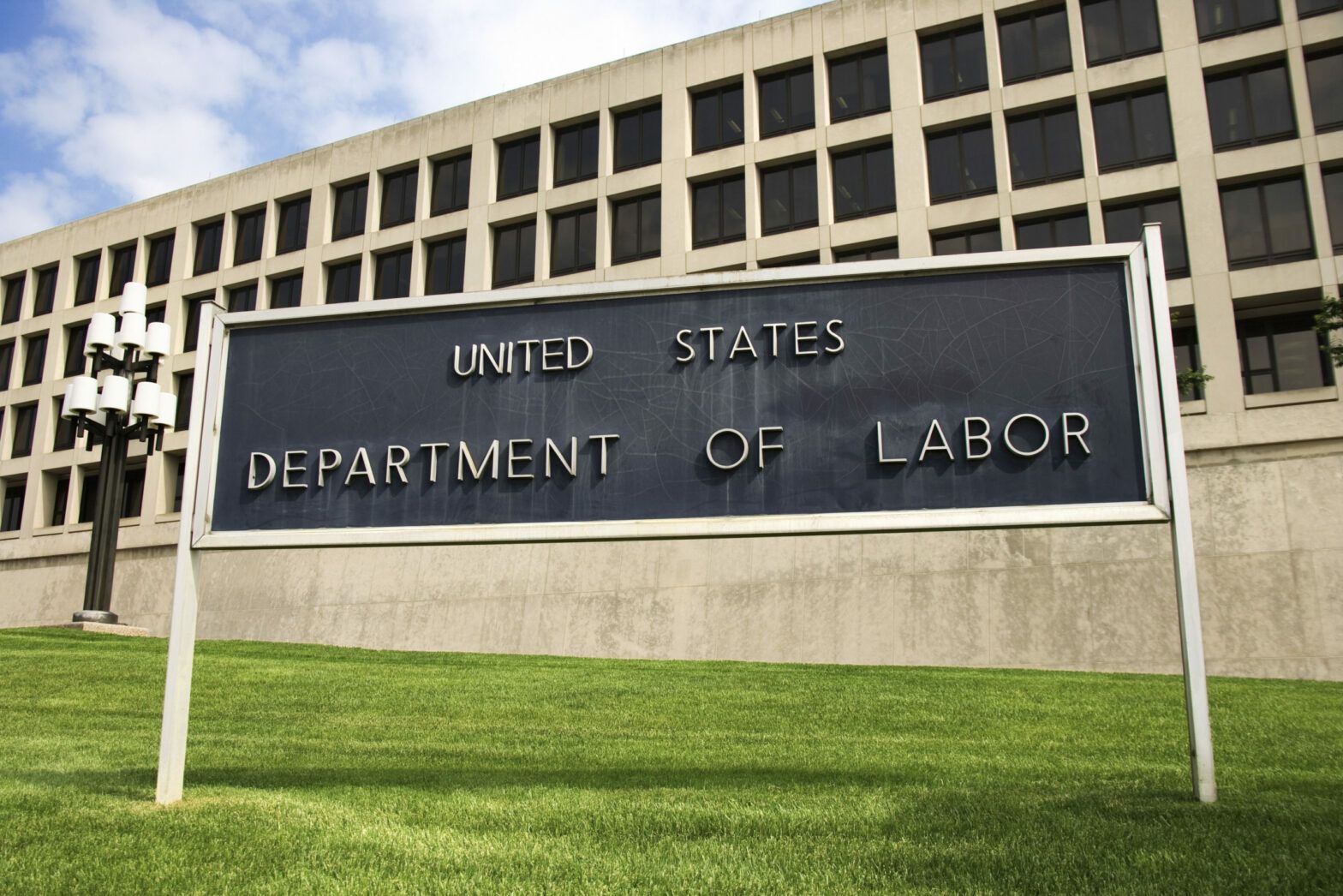Earlier in June, the US Department of Labor (DoL) set out plans for a rule that would require private pension administrators to prove that they were not sacrificing financial returns by putting money into ESG-focused investments. Under the proposals, defined contribution pension plans would be restricted from offering ESG funds as default investments – where many customers end up.
For many commentators and critics, the proposed legislation looked to be an attempt to dissuade the use of ESG factors in support of traditional index funds — at a time when globally more investors than ever before are including material ESG factors in their analysis. In the immediate aftermath, the DoL duly drew harsh criticism from asset managers and the retirement community, generally, and rightly so.
See also: – ‘Green President’: Biden will usher in an ‘unprecedented boom’ in ESG investments
As such, a revised rule (announced 30 October 2020), is much less antagonistic to the growing climate risk aware-led investment community.
The new rule now aims to regulate the use of so-called “non-pecuniary” factors in selecting investments, making it clear that The Retirement Employee Security Act (ERISA) fiduciaries can take important factors like climate change and global warming issues into account, but not at the expense of traditional pecuniary elements such as total return on investment.
See also: – US election: Impact on energy, food and infrastructure
While not explicitly aimed at so-called “ESG” strategies, where environmental, social and governance issues are considered along with return-based factors, the new rule may still limit the ability of ERISA fiduciaries to implement strategies that are based in whole or in part on such considerations.
This is a critical point that asset managers seem to get and the DoL seemed to realize in their revision. Now, more than ever, fiduciary managers need to focus on such strategies as material to their duty. The DoL are not in favour of ESG for ESG’s sake, this has been made clear. Rather, they are in favour of ESG strategies if their addition provides lower risk and the potential for healthy returns (or commensurate returns of non-ESG strategies).
It is the age-old dichotomy of risk diversification versus return maximisation. Many ESG strategies, such as divestment, or screening are risk diversifying strategies, that should, in effect, provide a sustainable share price return over the long-term. However, if asset managers are restricted to backward looking evaluation and historical data that they traditionally base investment decisions upon, it’s unlikely to yield knowledge as to whether such strategies are return maximising, or merely virtue-signalling. This highlights the problem the DoL effectively had with ESG investing: the opaqueness of the journey to an improved bottom-line.
ESG Clarity US: – What the DOL could look like under Biden
Therefore, strategies that are focused on analysing risk, predicting the impact of climate change on asset values, and pricing in the effects of environmental changes both positive and negative on equity and fixed income, will be the ones able to pass the sniff test, under a regime such as the DoL’s most recent proposal.
The final rule from the DoL will require ERIISA fiduciaries to focus on predicted economic and financial outcomes even when looking at the effects of climate change. We believe strategies that can price in ESG risk on a forward looking basis, in a way that maximises returns, can operate in this new environment, allowing fiduciary managers to comply with the new DoL plan while remaining diligent on important ESG issues. Such a move may unintentionally force ESG factors such as climate change into every investment decision.
This debate, however, may never come to pass. A Biden-led White House is very unlikely to endorse the current DoL rule even as written, meaning the ground may be rewritten even further. Given the President-elect’s commitment to meaningful action on climate change, it is likely that the department will soon support market efforts and embrace the benefits of responsible, climate-aware investing.
The ensuing tug-of-war between the DoL and the new regime looks set to be intense and could potentially become an ideological tipping-point which will help determine whether responsible investing becomes core in the US or remains ancillary.
Clearly, historical economic data alone is not enough to guarantee returns from ESG-focused strategies. ESG for ESG’s sake is not necessarily going to provide for institutional and capital market investors all working to specific, minimum return objectives.
Asset managers need assessments of forward-looking risks and can ill afford a long-time horizon from which to receive a pay-off. Asset managers also need to incorporate best practices for optimising risk-adjusted returns on investment portfolios when focused on companies that are demonstrating better preparedness for climate change.
Strategies with integration of both climate and energy science, along with financial and economic data are the types of strategies likely to be favoured by all stakeholders, from the likes of the DoL, to trustees, to asset managers, to active investors.
Most strategies will not come close to covering the necessary ground on both the forward looking economic and scientific risks and this is precisely why the DoL rule has come into existence in the first place. But that’s a conversation for another day.








